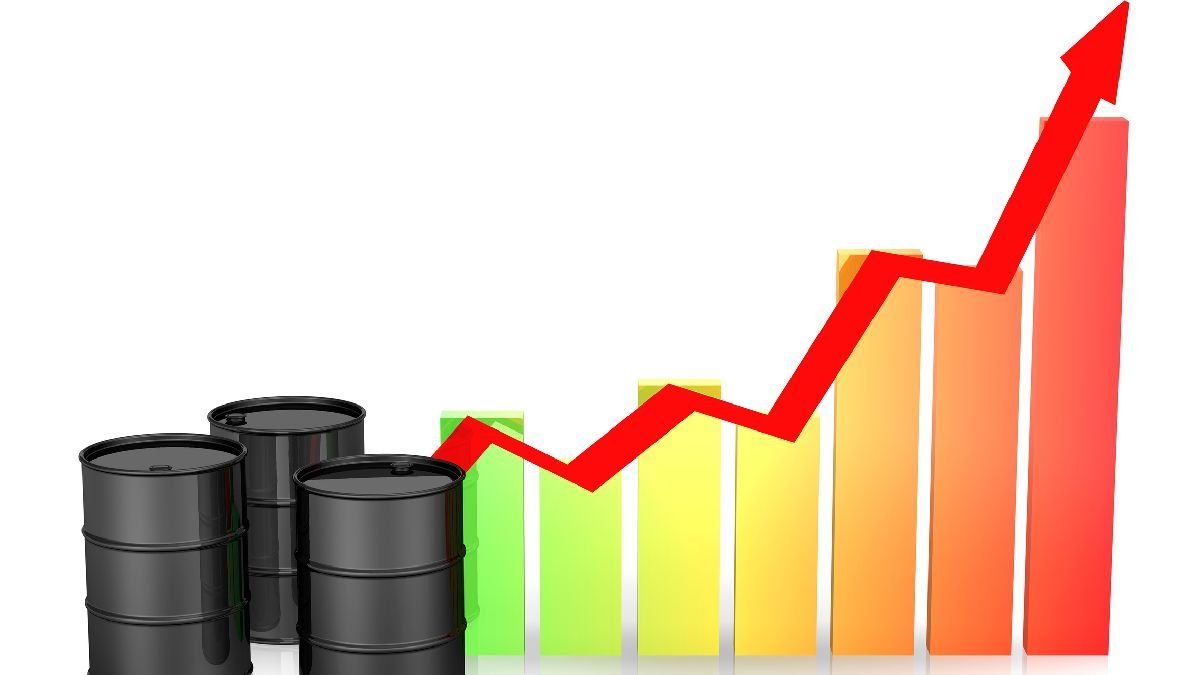The excess supply of crude oil as a consequence of the sharp drop in global demand, drove oil prices down. commodity to historic lows.
The world economy began its revival, driven by developed markets in tune with advances in vaccination plans. In the first instance, the sectors that experienced this benefit were the technology and consumer sectors, relegating the energy, transport and tourism sectors, among others, to the background. As of today, the energy sector lags heavily in valuation terms relative to the S&P 500.
In the last 12 months the price of a barrel of oil West Texas Intermediate increased 106% reaching multi-year record levels in recent days. Nevertheless, According to short-term market fundamentals, many analysts estimate that the market is far from having reached its ceiling.
WTI oil soared 4.6% to $ 68.58, a month high
Specifically, we highlight two fundamentals that sustain this upward trend in the price of oil. First, we are seeing a drop in inventories as demand recovers at an accelerating pace. Second, it is clear that OPEC is in no rush to increase supply. In fact, today it is producing below its self-imposed production ceiling.
With regard to inventories, that is to say, crude oil reserves measured in barrels, have fallen below the average of the five years prior to the pandemic. Stocks are being depleted in response to the recovery of economies and mobility that have driven the growing demand in recent months. There could even be another boost in demand as a result of the energy crisis that Europe and Asia are going through. It is estimated that it could increase by 500,000 barrels per day with respect to a normal market.
On the supply side, clearly it has lagged behind the previously mentioned growing demand. First, We have recently seen how Hurricane Ida affected the supply of US oil in the Gulf of Mexico. It is estimated that it will not fully recover until the end of this year.
Additionally, OPEC continues to retain the offer adding only 400,000 barrels per day each month to your general offer. In fact, it is maintaining this stance in opposition to the demands of the US and other consuming nations that proclaim to free up supply to lower the price of crude oil. Promptly, Saudi Arabia’s energy minister, Prince Abdulaziz bin Salman, recently ruled out that OPEC would react to the rise in the price of oil adding more supply than planned. Even the reality is that OPEC is pumping well below its self-defined production ceiling.
Everything would indicate that OPEC is not very concerned about lowering the current price of crude around US $ 83. At the moment, the leaders of the organization would be prioritizing a more long-term vision in order to stabilize the market. In addition, they expect an increase in supplies for next year from both their own wells and the US wells. That is, according to their estimates, they are concerned about generating an oversupply that destabilizes the market.
Raw Petróleo Brent WTI.jpg

20% of refined crude oil reserves were affected by the earthquake in Japan.
Photo: Etcetera
In line with the aforementioned fundamentals, from Balanz we suggest to our clients who want to have exposure in this sector, to do so through our pack of CEDEARS de Oil & Gas. It aims to take advantage of the prominence that Petroleó is going through today. Positioning precisely in companies like Shell, Exxon, BP y Chevron, that are once again showing solidity in their balance sheets and an extraordinary generation of cash that allows them to resume their dividend and share buyback programs.
Sr. Analyst of Investment Ideas, Balanz Capital.
Source From: Ambito




